5+ Best Humanoid Robots In The World
There are an endless number of things to discover about robotics. A lot of it is just too fantastic for people to believe.Humanoid robot, also known as android, is an artificial creature designed to perform human-like activities such as walking, talking, playing, interacting, etc. Sometimes it can resemble human appearance, sometimes it just resembles human body showing metal and wires
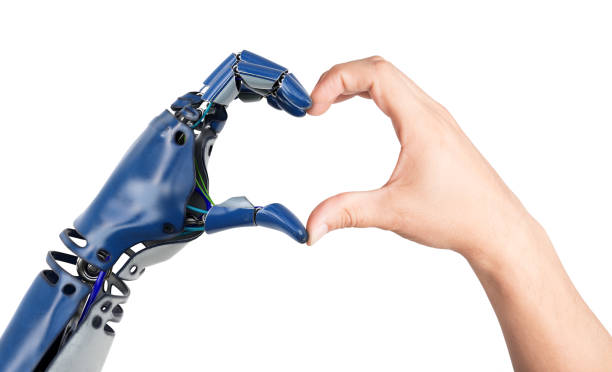
Table of Contents
- What is Humanoid Robots?
- What can humanoid robot do?
- What are humanoids made up of?
- What is the most advanced robot right now?
- What is the smartest robot in the world?
- Top Humanoid Robots Around The Globe
- 1. ATLAS
- 2. Nadine
- 3. Robear: Machine With a Delicate Touch
- 4.Ocean One
- 5.Petman
- 6.Nao
- 7.Pepper
- 8. Junco Chihira
- 9. Jia Jia
What is Humanoid Robots?
Humanoid robots are robots designed to resemble and perform tasks similar to those of humans. They are typically designed with a human-like body structure and are often equipped with features such as arms, legs, hands, and a head with a face and expressive features. Humanoid robots are generally intended to interact with humans and the environment in a way that is similar to how humans do.
Humanoid robots can be programmed to perform a wide range of tasks, from simple household chores to complex industrial operations. Some examples of tasks humanoid robots can perform include walking, running, lifting objects, recognizing and manipulating objects, performing various facial expressions and gestures, and even carrying out conversations with humans.
Humanoid robots are used in a variety of applications, such as in research and development, education, entertainment, healthcare, and space exploration. They are also used in industries where they can perform tasks that are dangerous or difficult for humans, such as in nuclear power plants, oil rigs, and other hazardous environments.
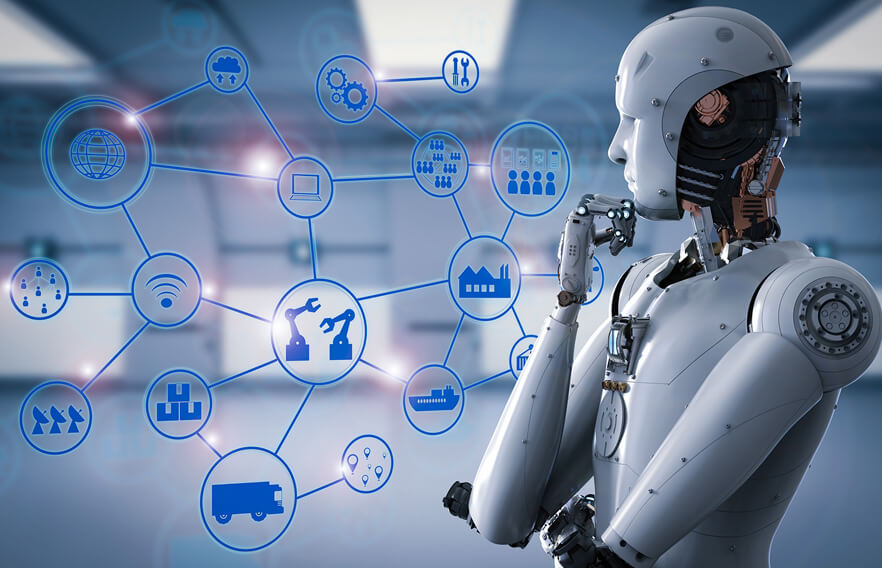
What can humanoid robot do?
Humanoid robots can perform a wide range of tasks, depending on their design and programming. Here are some examples of what humanoid robots can do:
- Movement: Humanoid robots can walk, run, crawl, and climb stairs. They can also balance on one or two legs and perform acrobatic maneuvers.
- Object manipulation: Humanoid robots can grasp, lift, move, and manipulate objects using their arms and hands.
- Communication: Humanoid robots can communicate with humans using speech, gestures, and facial expressions. They can also understand and respond to human commands.
- Entertainment: Humanoid robots can be used for entertainment purposes, such as performing in shows or playing games with humans.
- Assistance: Humanoid robots can provide assistance to humans, such as helping with household chores, providing care for the elderly or disabled, or working in industries that require physical labor.
- Education and research: Humanoid robots can be used in education and research settings to study human behavior and interactions.
- Exploration: Humanoid robots can be used in space exploration to perform tasks that are dangerous or difficult for humans, such as repairing equipment or collecting samples.
Overall, humanoid robots have a wide range of potential uses, and as technology continues to advance, their capabilities will likely expand even further.
What are humanoids made up of?
Humanoid robots are made up of a combination of mechanical, electronic, and software components. Here are some of the key components that make up humanoid robots:
- Body: The body of a humanoid robot is typically designed to resemble the human body, with a head, torso, arms, and legs. The body is usually made of lightweight and durable materials such as plastic or metal.
- Joints and actuators: Humanoid robots have joints that allow them to move their limbs and perform various tasks. The joints are typically controlled by actuators, such as motors or hydraulic systems, that provide the necessary force and motion.
- Sensors: Humanoid robots are equipped with a variety of sensors that allow them to perceive their environment and interact with it. Some common sensors include cameras, microphones, touch sensors, and proximity sensors.
- Control systems: Humanoid robots are controlled by sophisticated software systems that allow them to perform complex tasks. The control systems typically include algorithms for perception, planning, and motion control.
- Power source: Humanoid robots require a power source to operate. Some robots are powered by batteries, while others are connected to a power source through a cable.
Overall, humanoid robots are complex machines that require a combination of hardware and software components to function properly. As technology advances, the components used in humanoid robots will likely become more sophisticated and capable, enabling the robots to perform increasingly complex tasks.

What is the most advanced robot right now?
As an AI language model, my knowledge cutoff is September 2021, but as of that time, there were several robots that could be considered the most advanced, depending on the criteria used to evaluate them. Here are a few examples:
- Atlas by Boston Dynamics: Atlas is a humanoid robot designed for mobility and manipulation tasks. It can walk on two legs, navigate rough terrain, and perform tasks such as opening doors and lifting heavy objects.
- Spot by Boston Dynamics: Spot is a quadruped robot designed for a variety of tasks, including inspections, security, and data collection. It can navigate through complex environments and handle a range of terrain and weather conditions.
- Sophia by Hanson Robotics: Sophia is a humanoid robot designed to look and act like a human. It can understand and respond to human speech, make facial expressions, and hold conversations.
- T-HR3 by Toyota: T-HR3 is a humanoid robot designed for teleoperation, meaning it can be controlled remotely by a human operator. It can replicate the operator’s movements with high precision, making it useful for tasks such as remote inspection and maintenance.
Overall, there are many advanced robots being developed and improved upon constantly, and it’s difficult to pinpoint one as the “most advanced” since different robots excel at different tasks and have unique features and capabilities.
What is the smartest robot in the world?
As an AI language model, my knowledge cutoff is September 2021, but there are many robots with advanced artificial intelligence capabilities, making it challenging to determine the “smartest” robot in the world. However, here are some examples of robots with advanced AI that are considered to be among the most intelligent:
- IBM Watson: Watson is a cognitive computing system that uses natural language processing and machine learning algorithms to analyze data and generate insights. It has been used in a variety of industries, including healthcare, finance, and education.
- DeepMind AlphaGo: AlphaGo is an artificial intelligence program developed by DeepMind, a subsidiary of Google. It became famous for its victories against human world champions in the complex board game of Go, demonstrating a high level of strategic thinking and decision-making.
- Atlas by Boston Dynamics: Atlas is a humanoid robot that uses advanced machine learning algorithms to improve its ability to perform tasks such as walking on rough terrain and manipulating objects.
- Sophia by Hanson Robotics: Sophia is a humanoid robot that uses artificial intelligence to recognize and respond to human emotions and communicate with people in natural language.
Overall, there are many robots with advanced AI capabilities, and determining the “smartest” robot depends on various factors and criteria used to evaluate their intelligence.
Top Humanoid Robots Around The Globe
an AI language model, my knowledge cutoff is September 2021, but here are some examples of humanoid robots around the globe:
1. ATLAS –
In addition to the ATLAS particle detector at CERN, there is also a humanoid robot called ATLAS, which is developed by Boston Dynamics, a robotics company that was formerly owned by Google and now owned by Hyundai Motor Group.
The ATLAS humanoid robot is approximately 1.8 meters tall, weighs around 80 kg, and has 28 joints that allow it to move and perform various tasks. It is designed to operate in a variety of environments and perform tasks such as search and rescue, disaster response, and handling hazardous materials.
The robot is equipped with a range of sensors, including LIDAR, stereo cameras, and inertial measurement units, that enable it to perceive its environment and maintain balance while walking. It is also powered by electric motors and a hydraulic system that provide it with the strength and dexterity needed to perform complex tasks.
The development of the ATLAS humanoid robot has been supported by the Defense Advanced Research Projects Agency (DARPA) and the National Aeronautics and Space Administration (NASA) as part of their efforts to advance robotics and develop machines capable of working alongside humans in a variety of settings.
Overall, the ATLAS humanoid robot represents a significant advance in robotics technology and has the potential to revolutionize a wide range of industries and applications.

2. Nadine –
Nadine is a humanoid robot developed by researchers at the Nanyang Technological University (NTU) in Singapore. It is designed to interact with humans in a natural and intuitive way, using a combination of facial recognition, speech recognition, and natural language processing technologies.
Nadine is about 1.7 meters tall and is designed to resemble a human female. It has a soft silicone skin and can exhibit a range of facial expressions, including smiling and nodding. The robot is equipped with a camera and microphone that enable it to recognize and respond to human speech and gestures.
Nadine is capable of engaging in conversations with humans and remembering previous interactions. It can also perform a variety of tasks, such as providing information and assistance in a customer service setting or serving as a companion for elderly people.
The researchers at NTU have stated that one of the goals of the Nadine project is to develop robots that can be used to provide personalized care and companionship for the elderly, who are often isolated and in need of social interaction.
Overall, the development of humanoid robots like Nadine represents a significant advance in robotics technology and has the potential to transform a wide range of industries and applications, from healthcare and customer service to entertainment and education.
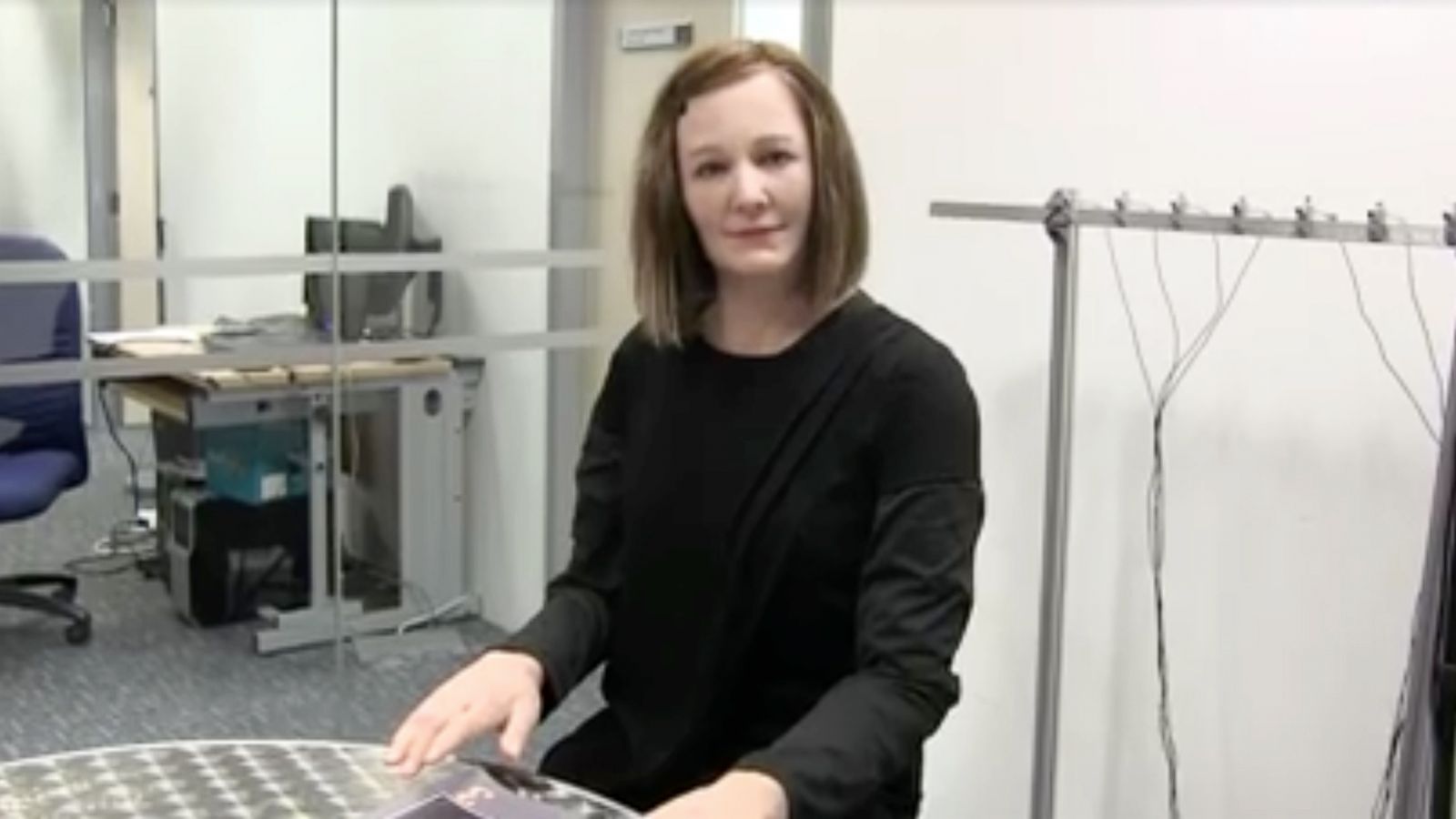
3. Robear: Machine With a Delicate Touch-
Robear is a humanoid robot developed by the RIKEN-SRK Collaboration Center for Human-Interactive Robot Research in Japan. It is designed to assist healthcare workers with tasks such as lifting and moving patients, and is notable for its delicate touch and ability to move with precision and grace.
Robear is about 1.5 meters tall and weighs around 140 kg. It has a soft and furry exterior, and its arms and legs are designed to move in a smooth and natural way. The robot is equipped with a range of sensors, including force sensors and 3D cameras, that allow it to perceive its environment and interact with humans in a safe and gentle manner.
One of the key features of Robear is its ability to lift and move patients with a high degree of precision and control. The robot is designed to be gentle and non-invasive, and can adjust its grip and movement to accommodate patients of different sizes and shapes.
The development of Robear represents a significant advance in robotics technology for healthcare applications. As the global population ages and healthcare workers face increasing demands on their time and resources, robots like Robear have the potential to play a vital role in improving patient care and reducing the workload of healthcare workers.
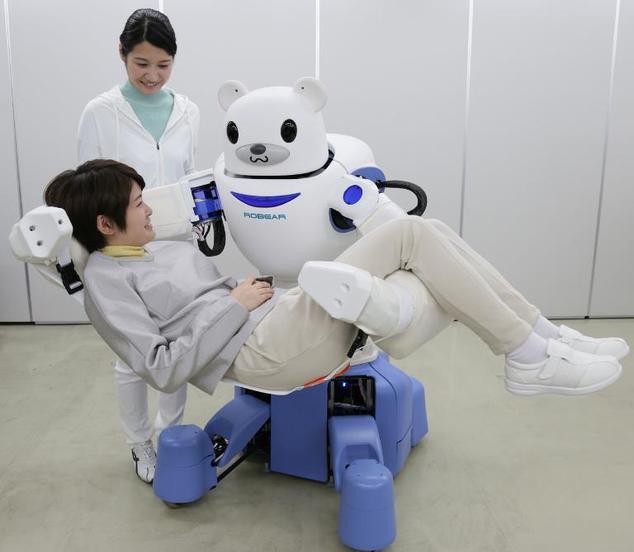
4.Ocean One-
Ocean One is a humanoid robot developed by researchers at Stanford University in collaboration with the French robotics company, OCEANIA. The robot is designed to explore and perform tasks in the underwater environment, such as underwater archaeology, marine biology, and oil rig maintenance.
Ocean One is approximately 1.7 meters tall and weighs around 180 kg. It is equipped with a range of sensors and cameras that allow it to perceive its environment and navigate through the water. The robot is also designed to be highly dexterous, with arms that can move and manipulate objects in a manner similar to a human diver.
One of the key features of Ocean One is its ability to provide haptic feedback to the operator. The robot’s arms are equipped with force sensors that allow the operator to feel the pressure and resistance of objects in the underwater environment, providing a more immersive and intuitive experience.
The development of Ocean One represents a significant advance in robotics technology for underwater exploration and maintenance. By allowing researchers and workers to remotely explore and manipulate the underwater environment, robots like Ocean One have the potential to improve our understanding of the ocean and increase the efficiency and safety of underwater operations.
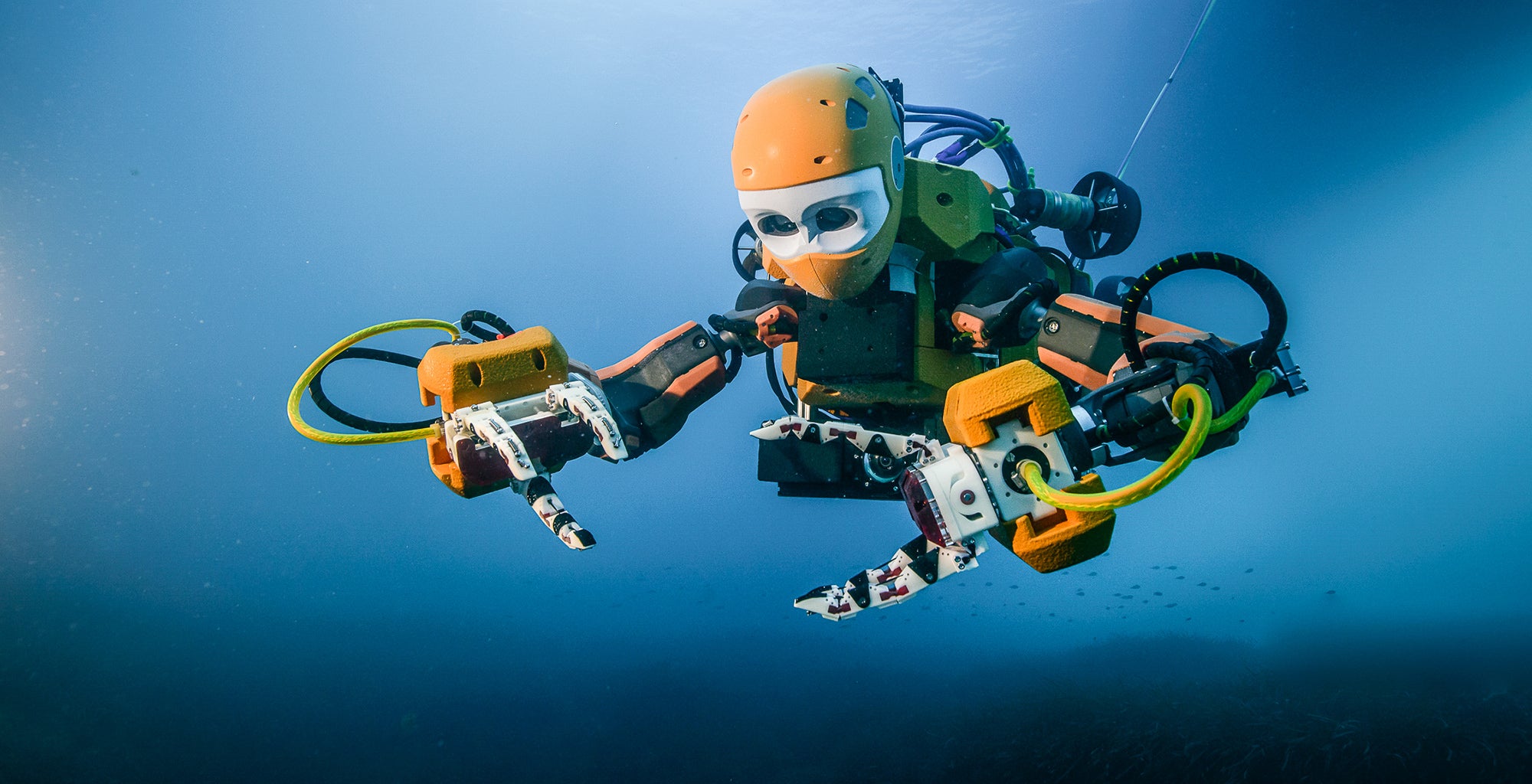
5.Petman-
Petman is a humanoid robot developed by Boston Dynamics, a robotics company that specializes in the development of advanced robots for a range of applications. Petman is designed to resemble a human in its size, shape, and movement, and it is often used for testing military equipment and protective clothing.
Petman stands at approximately 6.5 feet tall and weighs around 180 pounds. It is equipped with a variety of sensors and cameras that allow it to move and operate autonomously, and it is capable of walking, running, and performing other complex movements. Petman is also designed to simulate the physiological responses of a human, such as sweating and breathing, in order to provide a realistic testing environment for military equipment.
While Petman is primarily used for military testing purposes, its advanced capabilities have also sparked interest in other applications such as healthcare, entertainment, and education. However, it should be noted that the development and deployment of humanoid robots such as Petman also raises ethical and safety concerns, and there is ongoing debate about the appropriate use and regulation of such technology.
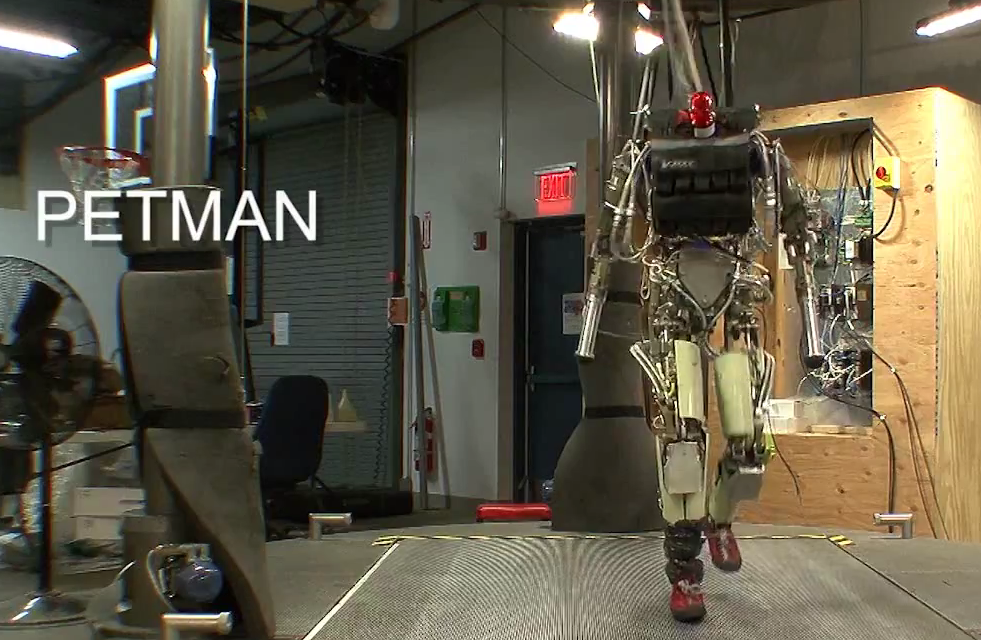
6.Nao-
Nao is a humanoid robot developed by SoftBank Robotics, a robotics company based in Japan. Nao is designed to be a social and educational robot, with the ability to interact with humans in a natural and intuitive way. Nao stands at approximately 2 feet tall and weighs around 9 pounds.
Nao is equipped with a range of sensors and cameras that allow it to perceive its environment and interact with humans. It has the ability to recognize and respond to human speech, facial expressions, and gestures, and it can also perform a range of physical movements such as walking, dancing, and gesturing.
Nao is primarily used in educational and research settings, where it is used to teach programming and robotics to students, as well as to conduct research on human-robot interaction. Nao has also been used in healthcare settings to provide companionship and support to patients, particularly those with autism and other developmental disabilities.
One of the key features of Nao is its open-source software platform, which allows developers to create and share new applications and behaviors for the robot. This has led to a large community of developers who are working to expand the capabilities of Nao and create new and innovative applications for the robot.
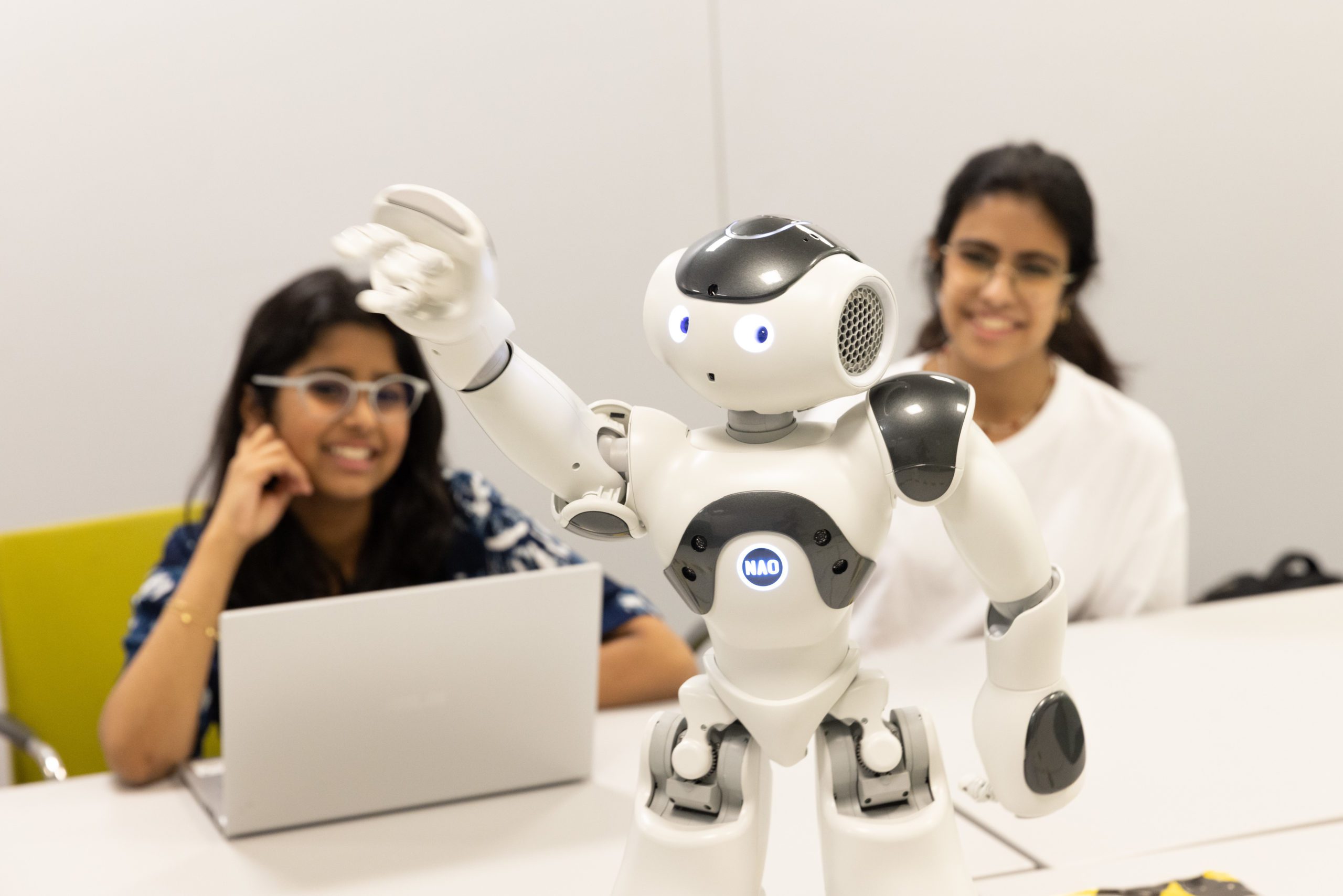
7. Pepper –
Pepper is a humanoid robot developed by SoftBank Robotics, a Japanese company that specializes in the development of advanced robotics technology. Pepper is designed to be a social and interactive robot, with the ability to recognize and respond to human emotions and behaviors.
Pepper stands at approximately 4 feet tall and weighs around 60 pounds. It is equipped with a range of sensors and cameras that allow it to perceive its environment and interact with humans in a natural and intuitive way. Pepper has the ability to recognize and respond to human speech, facial expressions, and gestures, and it can also perform a range of physical movements such as walking and dancing.
Pepper is primarily used in commercial and public settings, such as retail stores, banks, and airports, where it is used to provide customer service and support. Pepper is also used in healthcare settings to provide companionship and support to patients, particularly those with autism and other developmental disabilities.
One of the key features of Pepper is its advanced artificial intelligence (AI) capabilities, which allow it to learn and adapt to new situations and behaviors over time. This makes Pepper a highly adaptable and versatile robot that can be customized to meet the specific needs of different environments and applications.
Pepper has been widely adopted in Japan and other countries in Asia, and it is becoming increasingly popular in Europe and North America as well. Its innovative design and advanced technology have made it a leader in the field of humanoid robotics.
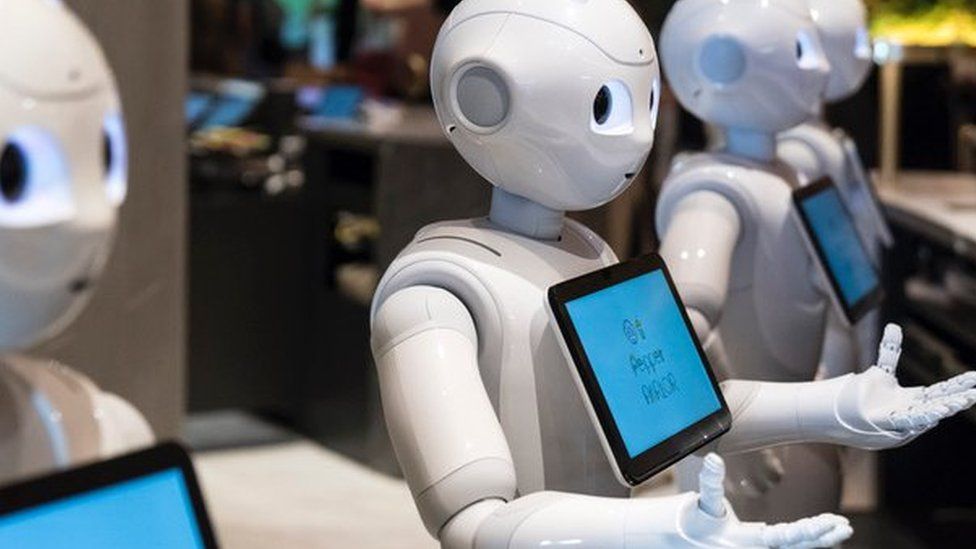
8. Junco Chihira-
Junco Chihira is a humanoid robot developed by Toshiba, a Japanese multinational conglomerate. Junco Chihira is designed to resemble a young woman, with the ability to mimic human facial expressions and gestures.
Junco Chihira stands at approximately 5 feet tall and weighs around 110 pounds. It is equipped with a range of sensors and cameras that allow it to perceive its environment and interact with humans in a natural and intuitive way. Junco Chihira has the ability to recognize and respond to human speech, as well as perform a range of physical movements such as waving and bowing.
Junco Chihira is primarily used in commercial and public settings, such as museums and exhibitions, where it is used to provide information and entertainment to visitors. It is also used in healthcare settings to provide companionship and support to patients.
While Junco Chihira is primarily used for entertainment and information purposes, its advanced technology and lifelike appearance have raised ethical and safety concerns. As with other humanoid robots, there is ongoing debate about the appropriate use and regulation of such technology.
One of the key features of Junco Chihira is its advanced vocal synthesis technology, which allows it to produce realistic and natural-sounding speech. This makes Junco Chihira a highly effective communicator, and it has been praised for its ability to engage and entertain audiences.

Junko stands 5 feet 5 inches tall, resembling a 26-year-old Japanese woman.
9. Jia Jia–
The next humanoid robot is Jia Jia.
Jia Jia is a humanoid robot developed by researchers at the University of Science and Technology of China. It was unveiled in 2016 and was designed to look like a young Chinese woman. Jia Jia is capable of basic conversation and can understand speech, as well as make facial expressions and move its arms and head. The robot has been used for various demonstrations and public appearances, such as at the World Robot Conference in Beijing. While Jia Jia is an impressive achievement in robotics, it is important to note that it is still a long way from being able to perform complex tasks and function in a fully autonomous manner.
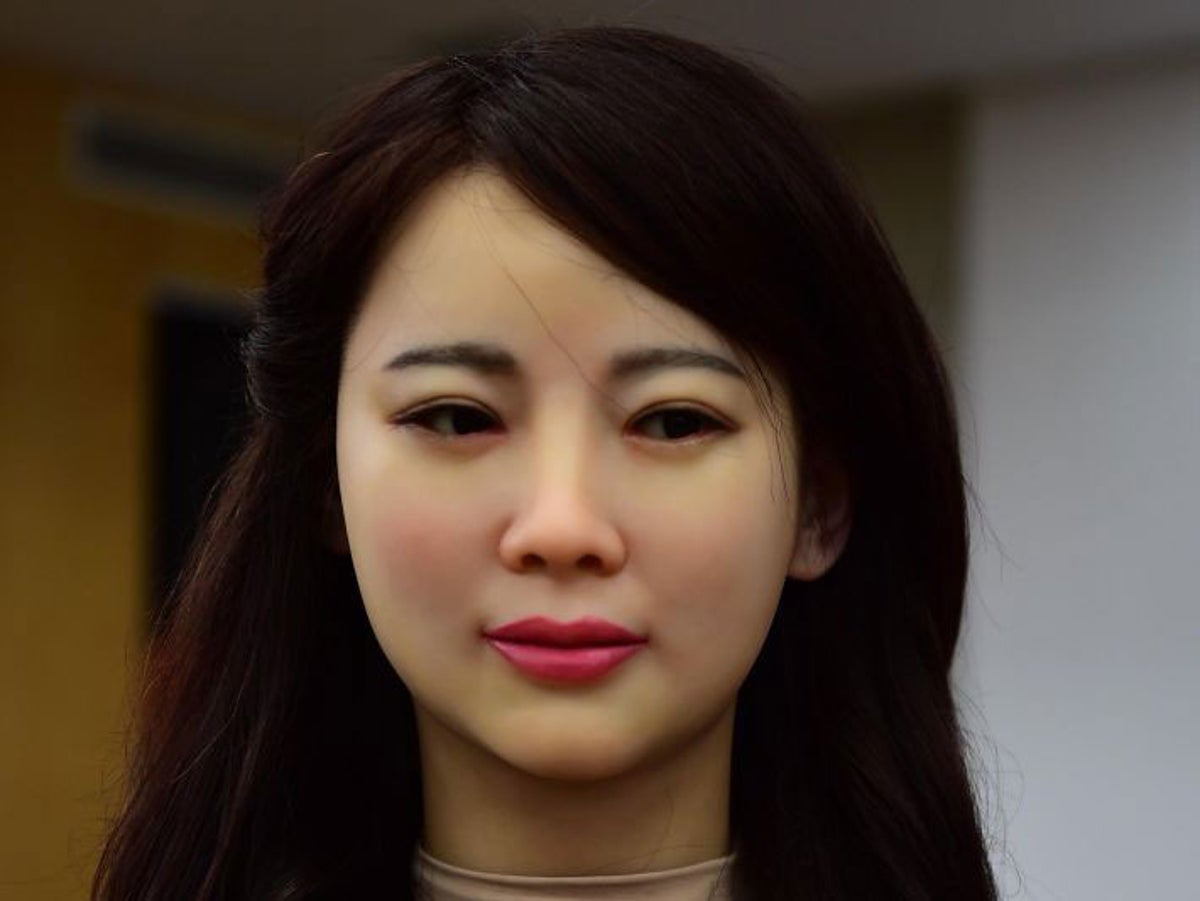
Thank you for reading, If you have reached so far, please like the article, It will encourage me to write more such articles. Do share your valuable suggestions, I appreciate your honest feedback!
